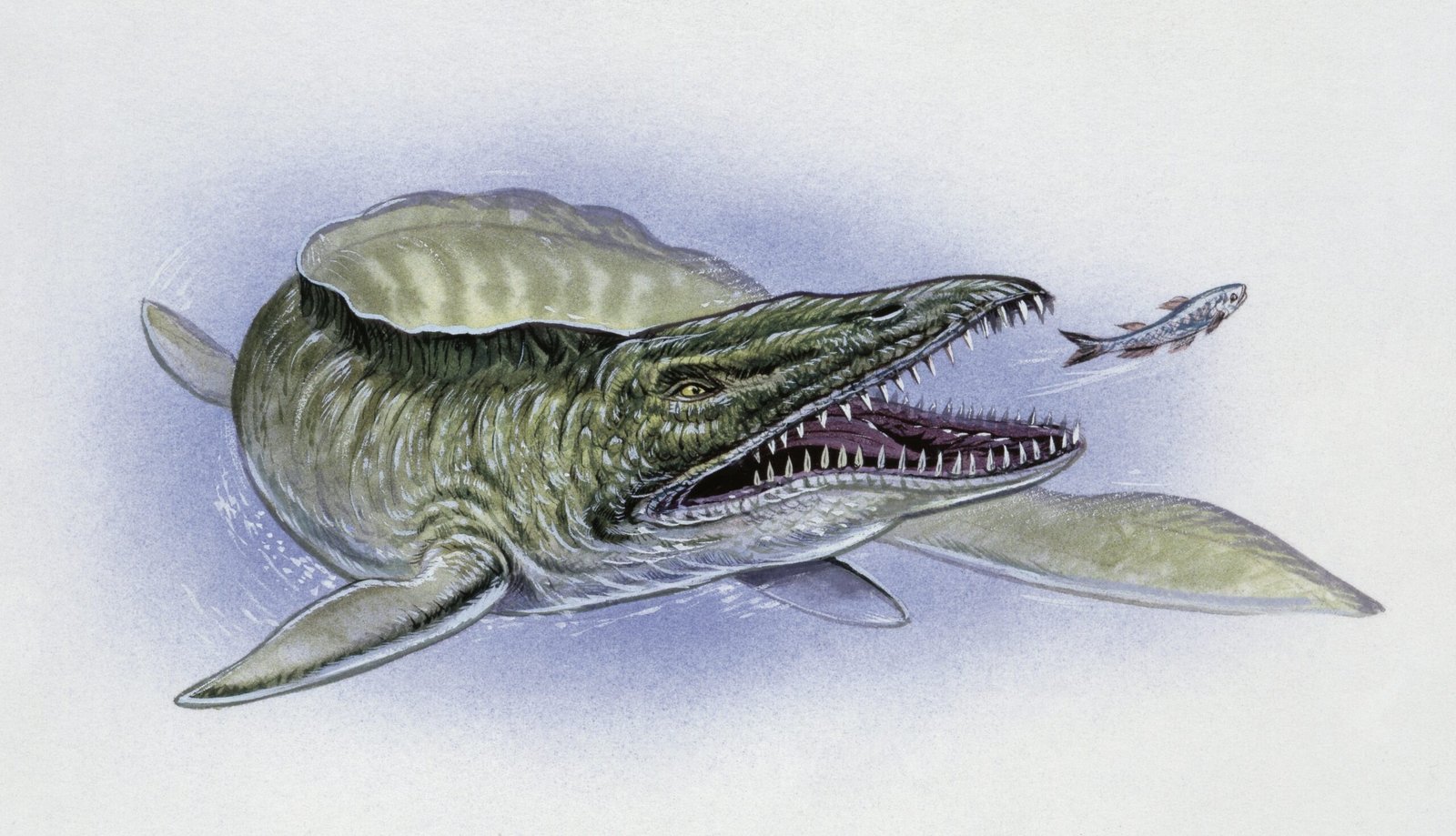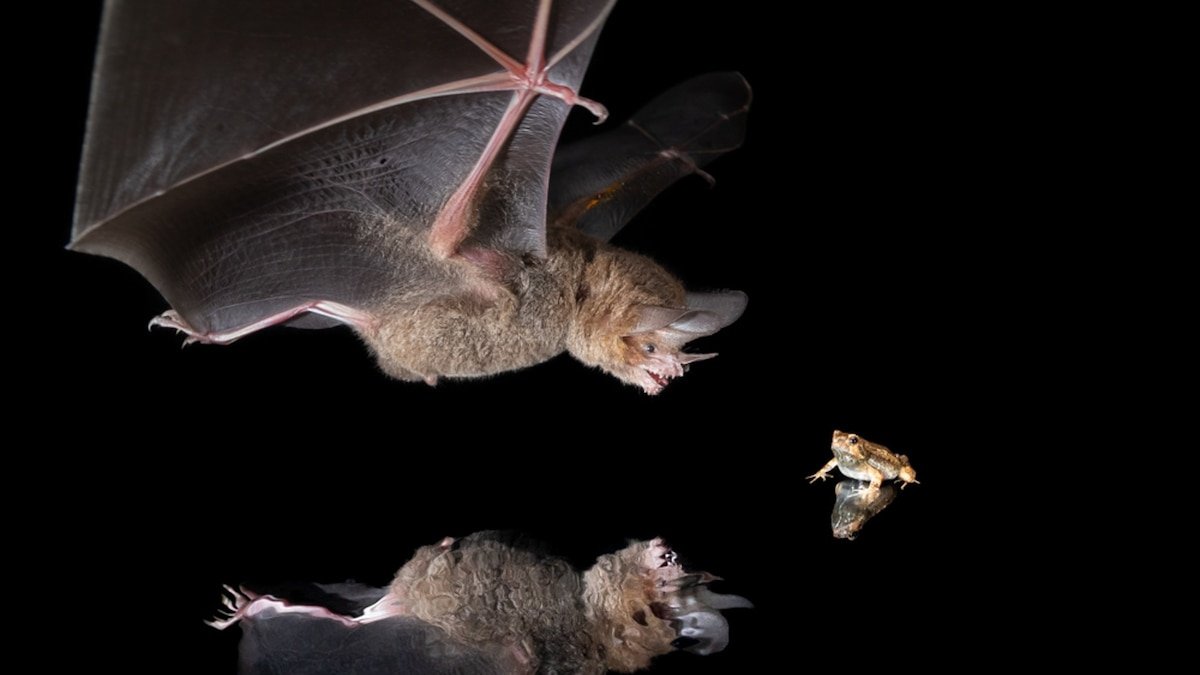Get the Popular Science daily newsletter💡
Mosasaurs were some of the most fearsome apex predators to ever stalk the Cretaceous era’s oceans. And according to Mississippi Department of Environmental Quality (MDEQ) geologist James Starnes, a recent vertebrae fossil find belonged to “about as big” a mosasaur specimen as one could get.
“This is a true, true sea monster,” Starnes recently told the local news outlet Hattiesburg American. “This [was] bigger than most dinosaurs walking around on land.”
Multiple mosasaur species swam Earth’s prehistoric waters as recently as 66 million years ago, but the over seven-inch-wide fossil found on April 15 came from Mosasaurus hoffmanii—by far one of the family’s largest species.

“This is a big animal. The maximum [weight] is about 20,000 pounds,” explained Starnes.
Although M. hoffmanii likely grew over 50-feet-long, Starnes and the MDEQ team estimates the vertebrae originated from a creature that was probably more like 30-feet-long. Still, that’s pretty big.
“[B]ig enough to keep most people out of the water if it was swimming around today,” added Mississippi Museum of Natural Science paleontology curator George Phillips.
“People,” however, luckily didn’t enter the evolutionary picture until Homo sapiens arrived roughly 300,000 years ago. As for a mosasaur’s contemporary prey—they rarely stood a chance against the ocean reptile.

While previous theories likened the mosasaur’s underwater maneuvers to present-day sea snakes, recent evidence indicates many of the predators featured large, crescent-shaped tailfin flukes similar to a shark. These would have allowed mosasaurs to quickly ambush their targets instead of chasing them over long distances. Any prey that couldn’t escape were ensnared by their 60-or-so daggerlike teeth, including an extra set on the roofs of their mouths.
Starnes and colleagues found their latest discovery by complete accident. The team was out in the field near Starkville’s Mississippi State University to create a 3D map of local geologic layers when fellow geologist Jonathan Leard realized he misplaced a pile of ancient seashells he had collected. While searching for the missing shells, Starnes noticed a partially exposed bone in the muck. It didn’t take long before it became clear this was something much larger than any seashell. That said, mosasaur didn’t immediately come to mind.
“It was so big, we didn’t think it was a mosasaur,” said Leard. “It might be the biggest one ever collected in Mississippi.”

More deals, reviews, and buying guides
The PopSci team has tested hundreds of products and spent thousands of hours trying to find the best gear and gadgets you can buy.











